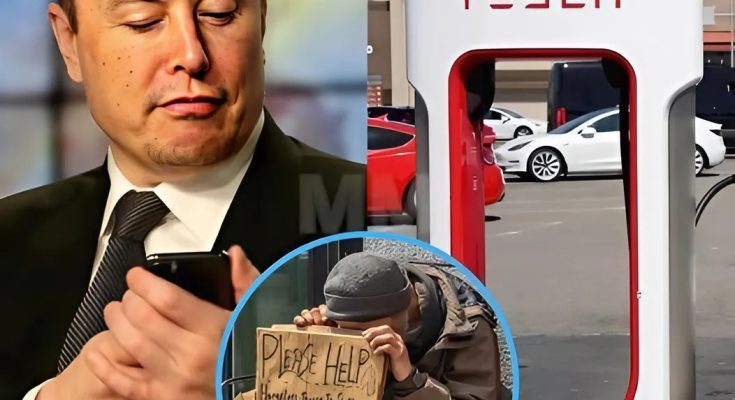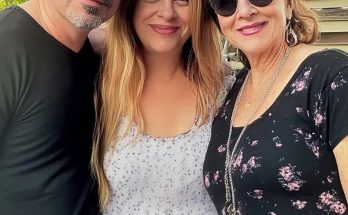In a move that has stunned the tech and automotive sectors alike, Elon Musk has announced that Tesla will officially cancel its long-awaited robotaxi launch, a project that was once touted as a transformative leap in autonomous vehicle technology. This decision comes after Tesla faced a significant wave of customer discontent, disappointing product performance, and mounting skepticism about the feasibility of the company’s Full Self-Driving (FSD) technology.

Despite years of bold promises, the dream of Tesla transforming its vehicles into fully autonomous, cross-country robotaxis remains unfulfilled, with many customers now questioning whether the company’s vision of a driverless future is realistic.For nearly a decade, Elon Musk has been insistent that Tesla’s cars are on the verge of becoming fully autonomous vehicles, capable of navigating streets, highways, and entire cities without human intervention.

From the first days of Tesla’s foray into semi-autonomous driving, Musk promised that a significant software update would soon enable the company’s cars to become fully self-driving robotaxis, capable of picking up passengers and driving themselves across the country.However, as of 2025, the much-anticipated revolution has failed to materialize, and Musk’s promises appear increasingly distant. What Tesla currently offers is a sophisticated but only partially automated driving system, marketed in the United States as Full Self-Driving (Supervised), or FSD, which remains under heavy human supervision.

In other markets, such as China, Tesla recently rebranded the technology as “intelligent assisted driving” to reflect its true capabilities.Despite these branding efforts, Tesla’s FSD technology, which relies on a suite of cameras and software to enable features such as automatic navigation and adaptive braking, still requires active human involvement. Tesla’s user manuals clearly state that FSD is “a hands-on feature” and urge drivers to remain vigilant and keep their hands on the wheel.Yet, in practice, many Tesla owners have ignored these warnings, using the system in a more autonomous fashion than it was designed for, sometimes with dangerous consequences.Tesla’s FSD technology has been a source of both fascination and controversy.
The system offers a range of advanced features, including automatic navigation on highways, automatic braking in response to traffic signals and stop signs, and lane-centering assistance.However, the system is far from perfect, and its shortcomings have been highlighted in numerous high-profile accidents. In some cases, drivers have been involved in fatal crashes while using Tesla’s Autopilot or premium FSD systems, drawing the ire of regulators, safety experts, and the general public.



